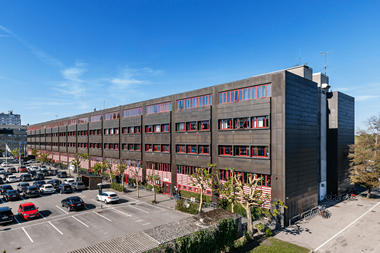German real estate Spezialfonds returned 2.9% between 2005 and 2014, according to latest figures from IPD.
The results of the Spezialfonds SFIX index, which is estimated to cover two-thirds of the real estate Spezialfonds market in Germany, were revealed this week in Frankfurt.
It is the first time that there has been sufficient data to reveal the long-term performance of the institutional fund sector during a period that encompasses the 2008 financial crisis.
The data showed that Spezialfonds invested solely in German real estate performed poorly at the beginning of the period but ended it strongly with an overall return of 3.6%, while pan-European funds only returned 2.2%.
A small number of – mainly pan-European – funds posted negative returns in 2014, dragging the overall index down.
The median of funds returned 4.1% or more for the year, while the overall index only returned 1.2%.
“There is a wide range in returns between the funds,” said Sebastian Gläsner, vice president client coverage at IPD.
He attributed this to a skewed spread of returns with funds in liquidation or long-established large funds performing badly.
Gläsner said it was “surprising” how much influence the “vintage effect” had on the fund performance. The index showed that funds launched between 2004 and 2006 had a low long-term performance.
However, Eitel Coridaß, CIO at Warburg-Henderson and member of the index commission, stressed that there were funds from that period that were performing well if “they were brave enough to continue to invest anti-cyclically” after the crisis.
He said that many funds, especially those launched before 2004, were sold with absolute return targets that they now cannot reach.
“One impact of the new SFIX will be a farewell to the world of absolute return targets and investors looking for managers with the relative best performance,” he said.
Ingo Bofinger, head of real estate investments at German insurer Gothaer, said he is actually “putting managers on a red list which are not providing data to the SFIX – otherwise we cannot compare them”.
IPD noted in its most recent Spezialfonds griwubg interest in pan-European mandates among investors, while in recent years German investments had a strong home-bias.
Coridaß said there was “growing interest in more focused diversification”.
While pan-European mandates used to mean “a bit of everything”, those mandates are now mainly covering large, liquid core markets.
“Other markets are covered by speciality mandates,” said Coridaß and this was also one of the findings in the Spezialfonds study and the growth in fund volumes administered by Service and Master KVG.
A among European institutional property investors found no major shift to riskier investments as yet.










